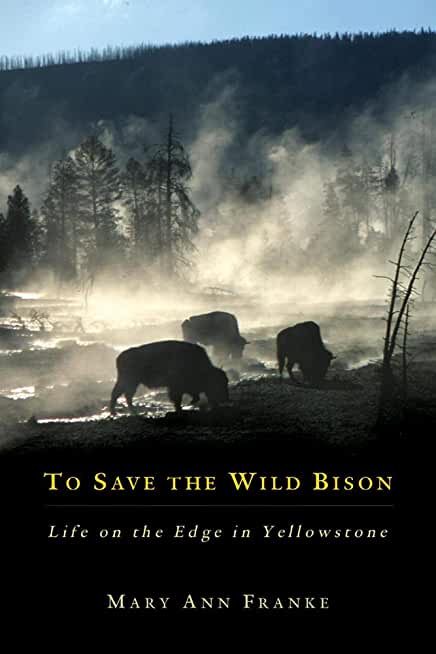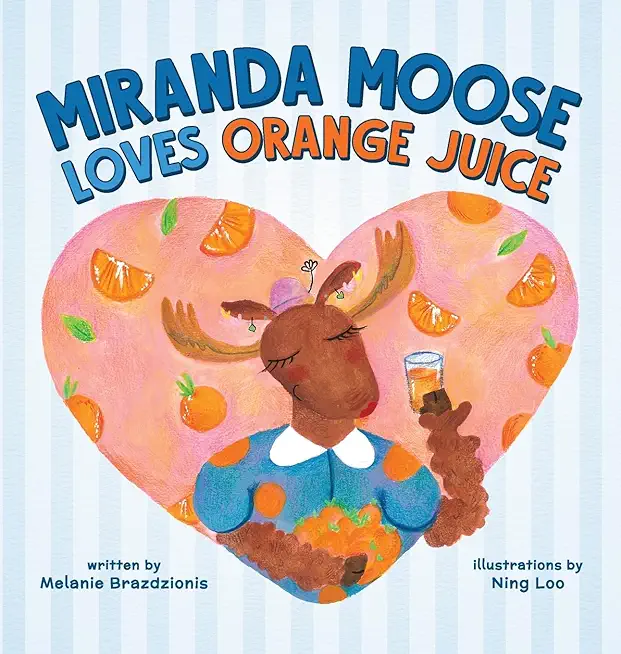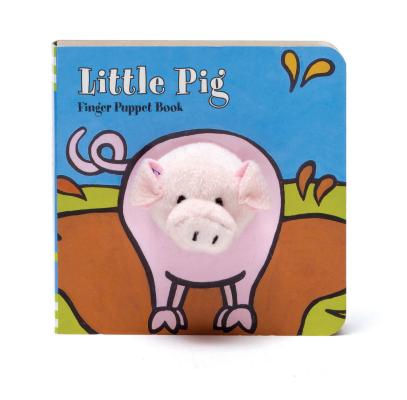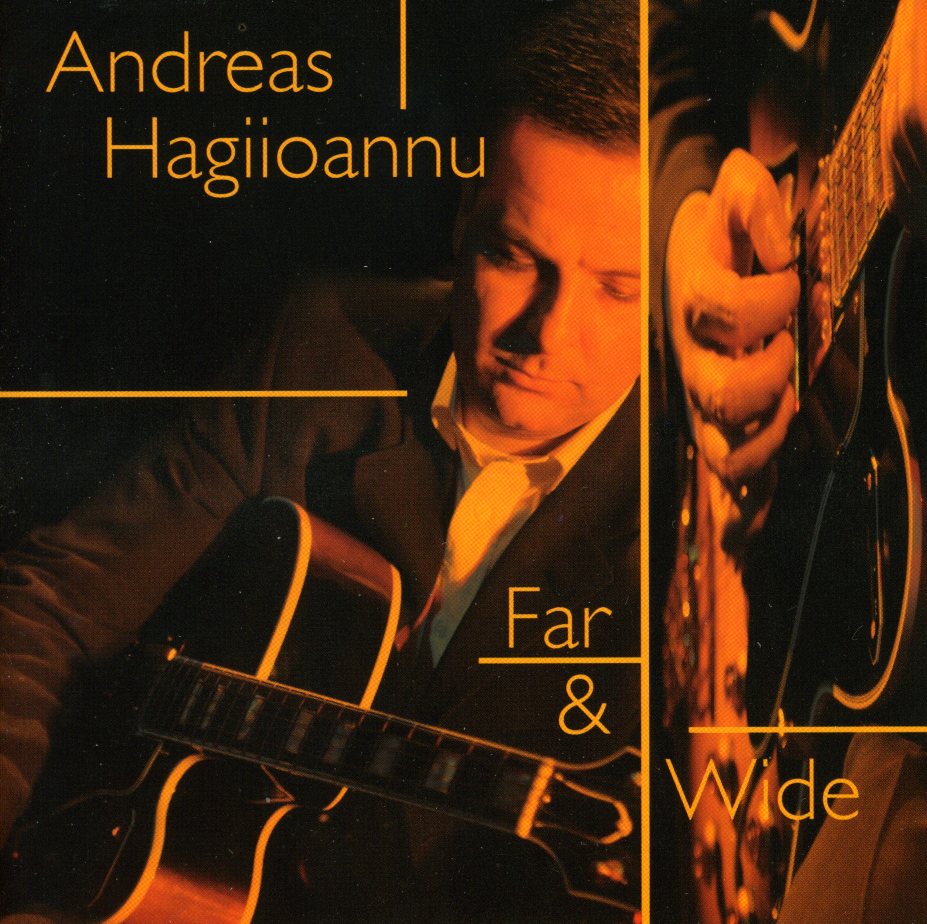
Although the American bison was saved from near-extinction in the nineteenth century, today almost all herds are managed like livestock. The Yellowstone area is the only place in the United States where wild bison have been present since before the first Euro-Americans arrived. But these bison pose risks to property and people when they roam outside the park, including the possibility that they can spread the abortion-inducing disease brucellosis to cattle. Yet measures to constrain the population threaten their status as wild animals.
Mary Ann Franke's To Save the Wild Bison is the first book to examine the ecological and political aspects of the bison controversy and how it reflects changing attitudes toward wildlife. The debate has evoked strong emotions from all sides, including park officials, environmentalists, livestock growers, and American Indians. In describing political compromises among competing positions, Franke does not so much champion a cause as critique the process by which federal and state officials have made and carried out bison management policies. She shows that science, however valuable a tool, cannot by itself resolve what is ultimately a choice among conflicting values.







